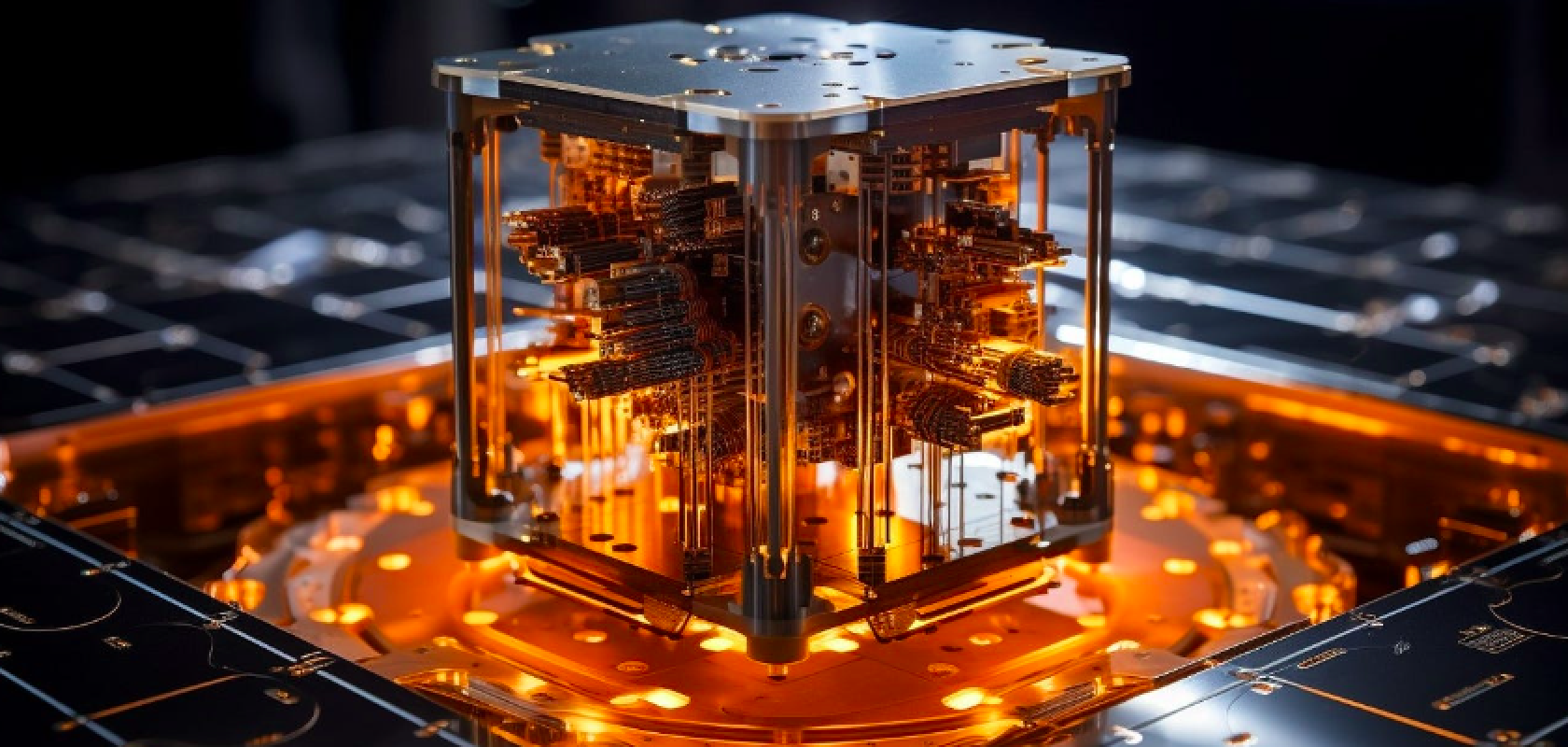A multi-institutional team of scientists from the U.S has developed a new superconductor material that could have potential use in quantum computing and may be a candidate ‘topological superconductor’.
Details of the topological research, reported in Science Advances, outline how the team created the unconventional interface superconductor by combining materials with unique properties.
Why do superconductors matter?
Superconductors are materials that can conduct electricity without resistance when cooled to extremely low temperatures. This unique property allows for the creation of highly efficient electrical systems, as no energy is lost in the form of heat.
Traditional superconductors have been used in various applications, such as MRI imaging technology and particle accelerators. However, the quest for more advanced superconductors has led scientists to explore materials with unconventional properties.
That is exactly what the team of researchers from the U.S did in their experimentation, combining trigonal tellurium with a surface state superconductor generated at the surface of a thin film of gold.
The combination of materials creates a two-dimensional interface superconductor that exhibits unique quantum states with well-defined spin polarisation. Such states are crucial for the development of spin quantum bits, or qubits, which are the fundamental units of quantum information.
Peng Wei, an associate professor of physics and astronomy at the University of California, said: “By creating a very clean interface between the chiral material and gold, we developed a two-dimensional interface superconductor.”
A new topological superconductor?
One of the most exciting aspects of this new material is its potential to act as a topological superconductor.
Topological superconductors use a delocalised state of an electron or hole to carry quantum information in a robust manner. This makes them highly usable for applications, such as quantum computing.
Though the potential of such topological superconductors extends beyond quantum computing. For example, the World Economic Forum previously commented: “In a world of possibilities, superconductors will be a ubiquitous element of alternative energy transmission.” The unique properties are ideal for transmitting high voltage with high efficiency.
In relation to the new research, Wei added: “The interface superconductor is unique as it lives in an environment where the energy of the spin is six times more enhanced than those in conventional superconductors.”
What was needed to make this possible?
One of the significant challenges in developing superconductors for quantum computing is the issue of decoherence, where quantum states lose their coherence due to interactions with the environment.
Wei and the fellow researchers addressed this by creating a clean interface between the chiral material and gold, which naturally suppresses decoherence sources from material defects. This allows the superconductor to be made into high-quality, low-loss microwave resonators with a quality factor reaching one million.
The research paper succinctly notes that the interface: “closes the surface superconducting gap of gold while maintaining the bulk superconductivity, thereby providing an alternative route to creating a unique surface/interface superconductor.”
Wei also said: “We achieved this using materials that are one order of magnitude thinner than those typically used in the quantum computing industry. The low-loss microwave resonators are critical components of quantum computing and could lead to low-loss superconducting qubits. The biggest challenge in quantum computing is to reduce decoherence or quantum information loss in a qubit system.”
What benefits might we see?
Looking ahead at potential applications, Wei added: “Our material could be a promising candidate for developing more scalable and reliable quantum computing components.”
There are already examples of topological superconductors being integrated into quantum computing efforts – such as research from the U.S Department of Energy’s Oak Ridge Laboratory. Though we may now see quantum efforts utilising a new superconductor that supports optimised transport of quantum information in a qubit system.


